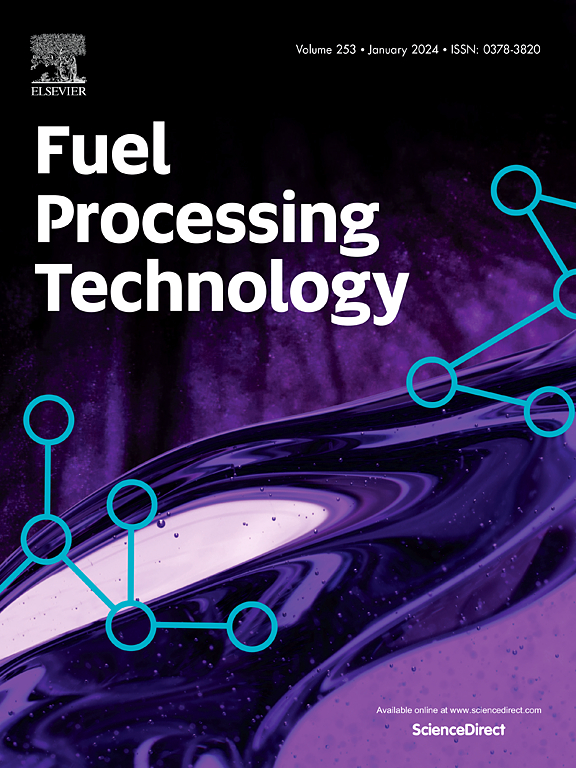Simulation and experimental research on uniform heating of roller-hearth furnace with oxygen-enriched pulse combustion
IF 7.2
2区 工程技术
Q1 CHEMISTRY, APPLIED
引用次数: 0
Abstract
In order to achieve sustainable development of the ceramic industry, it is necessary to ensure the quality of product firing under the premise of energy saving and consumption reduction. This study presents the development of an oxygen-enriched pulse combustion test system for roller kilns, designed to regulate the flow of fuel and combustion gas at varying oxygen concentrations (21 %, 24 %, 27 %, and 30 %) using a continuous wave function. The pulse combustion tests, which involved multiple variations in amplitude and period, were complemented by simulations of the flow and temperature fields within the kiln using Ansys Fluent. The results demonstrated that the highest energy savings were achieved at an oxygen concentration of 30 %, with reductions of approximately 52 % and 36 % in energy consumption during the warming and constant temperature phases, respectively. Under conditions of low amplitude and long period (A = 30, T = 135), the temperature uniformity of the JFCC thermos block within the furnace was improved by 55 %. The pulsed combustion process was found to extend the diffusion period of the return vortex, thereby increasing the strength of the vortex ring and enhancing the churning capability of the kiln airflow. Oxygen-enriched pulse combustion facilitated the distribution of heat from localized high-temperature zones throughout the furnace by increasing the period and decreasing the amplitude, thereby reducing temperature stratification. This study effectively addresses the issue of uneven temperature distribution caused by oxygen-enriched combustion in roller kilns.
富氧脉冲燃烧辊底炉均匀加热模拟与实验研究
陶瓷行业要实现可持续发展,就必须在节能降耗的前提下保证产品烧制质量。本研究介绍了轧辊窑富氧脉冲燃烧测试系统的开发,该系统设计用于使用连续波函数调节不同氧浓度(21%,24%,27%和30%)下燃料和燃烧气体的流量。脉冲燃烧试验涉及振幅和周期的多种变化,并利用Ansys Fluent对窑内的流动和温度场进行了模拟。结果表明,当氧气浓度为30%时,节能效果最高,在升温和恒温阶段,能耗分别减少约52%和36%。在低振幅长周期条件下(A = 30, T = 135), JFCC保温块在炉内的温度均匀性提高了55%。发现脉冲燃烧过程延长了回流涡的扩散周期,从而增加了涡流环的强度,增强了窑内气流的搅拌能力。富氧脉冲燃烧通过增加周期和减小幅度,促进了局部高温区热量在整个炉内的分布,从而减少了温度分层。该研究有效地解决了辊道窑富氧燃烧引起的温度分布不均匀问题。
本文章由计算机程序翻译,如有差异,请以英文原文为准。
求助全文
约1分钟内获得全文
求助全文
来源期刊

Fuel Processing Technology
工程技术-工程:化工
CiteScore
13.20
自引率
9.30%
发文量
398
审稿时长
26 days
期刊介绍:
Fuel Processing Technology (FPT) deals with the scientific and technological aspects of converting fossil and renewable resources to clean fuels, value-added chemicals, fuel-related advanced carbon materials and by-products. In addition to the traditional non-nuclear fossil fuels, biomass and wastes, papers on the integration of renewables such as solar and wind energy and energy storage into the fuel processing processes, as well as papers on the production and conversion of non-carbon-containing fuels such as hydrogen and ammonia, are also welcome. While chemical conversion is emphasized, papers on advanced physical conversion processes are also considered for publication in FPT. Papers on the fundamental aspects of fuel structure and properties will also be considered.
 求助内容:
求助内容: 应助结果提醒方式:
应助结果提醒方式:


